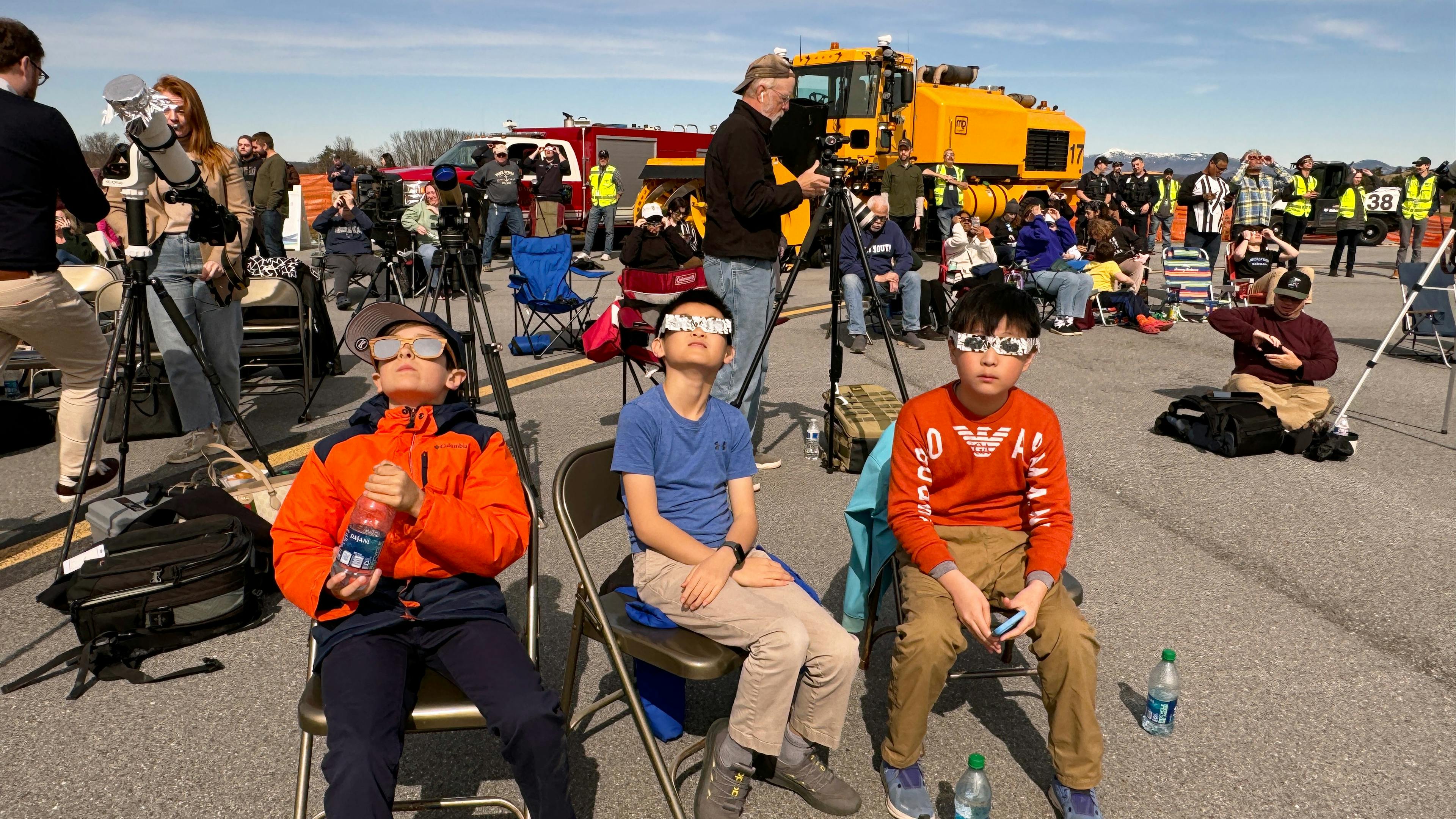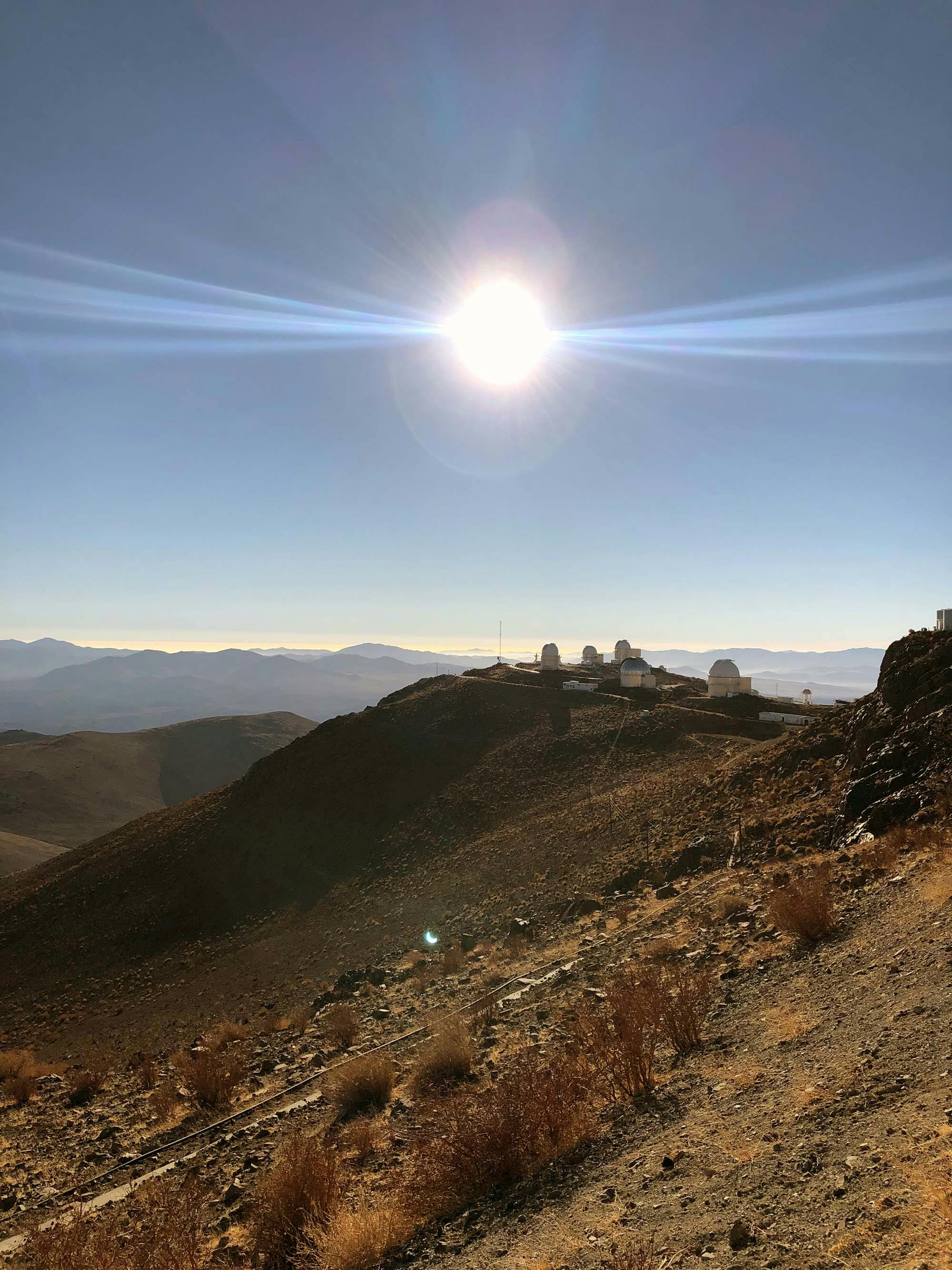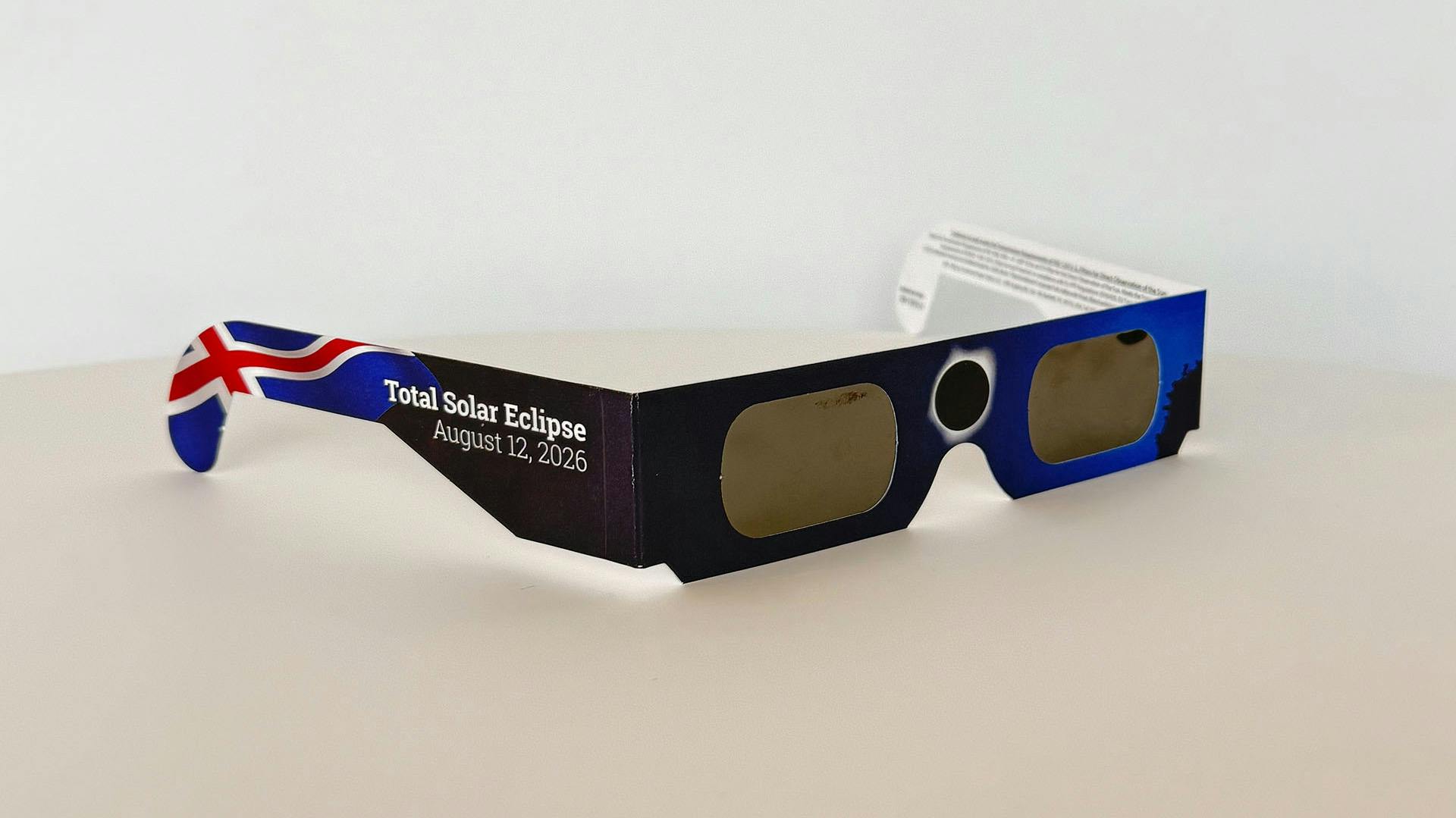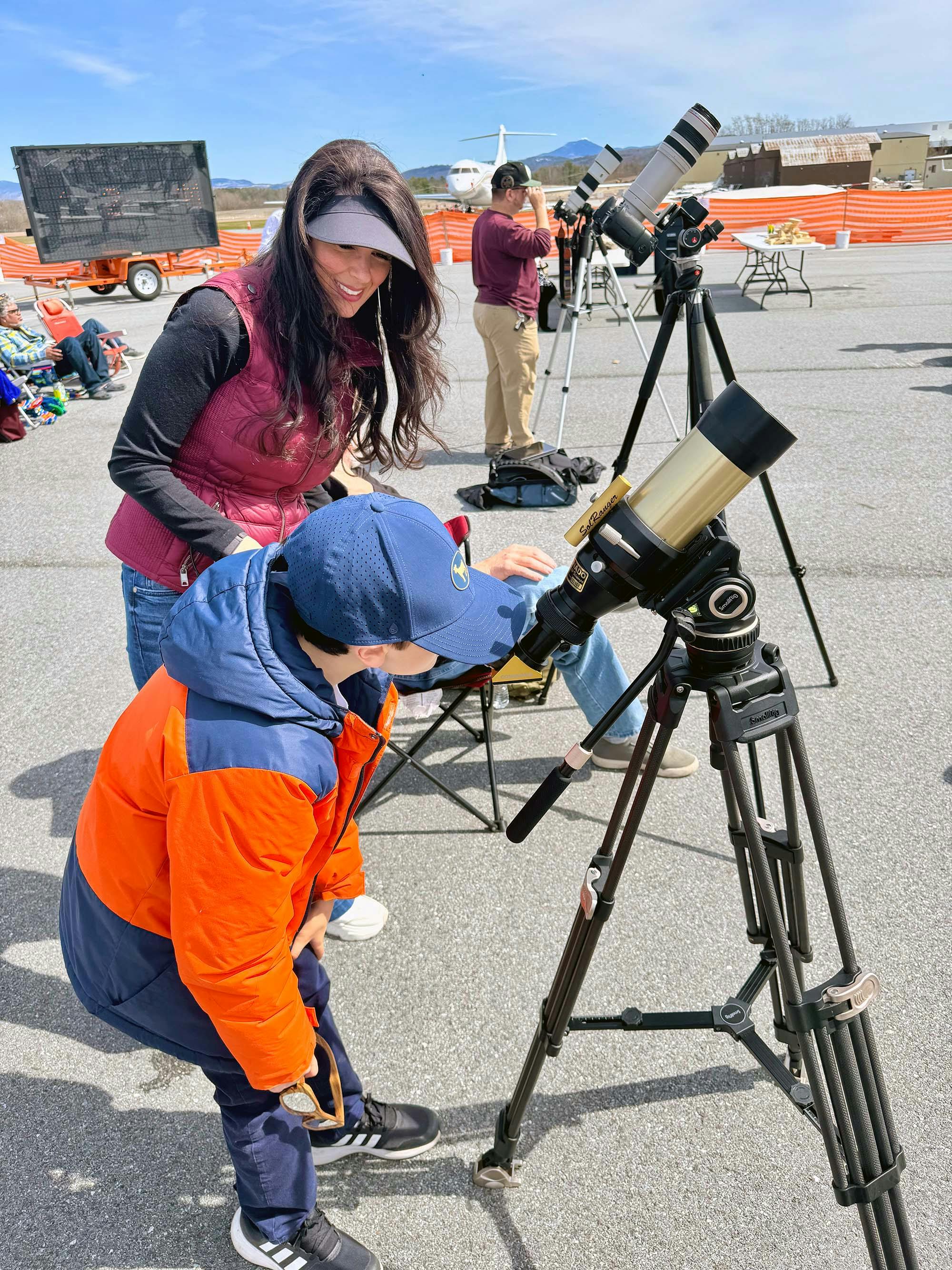
Solar eclipses are safe to watch, as long as you follow simple safety precaution:
Simple as that.
You will not damage your eyes by looking at totality with naked eyes. In fact, that’s the only way to actually witness totality and see the Sun’s corona in all its splendid glory. So make sure you remove your solar eclipse glasses when totality starts.
Most people are smart enough not to stare directly at the brilliant Sun. Throughout history, cases of eye damage during eclipses are extremely rare, fortunately.
Only during the partial phase of the eclipse, before and after totality, are safe solar eclipse glasses required. When any part of the Sun is visible, do not look at it without approved solar filters. Regular sunglasses are NOT safe.
Failure to heed these rules will result in permanent eye damage.
The easiest way to view the partial solar eclipse is with our ISO and CE-certified safe eclipse glasses, solar filters for telescopes and cameras and solar binoculars and solar telescopes.
Where can you find those? Right here, in our shop. We appreciate your support, it keeps this website and multiple eclipse projects going.

The Sun poses no more of a threat during a solar eclipse than on any other sunny day. It’s just that during an eclipse, you might be tempted to take a glance at it. The image shows how incredibly bright the Sun is even during 90% partial eclipse and totality is only 10 minutes away .
Our Sun emits radiation across the electromagnetic spectrum. Most of it is in the form of visible light which is why you see our star so dazzlingly brilliant. Even when only 1% of the Sun's surface is still visible, it is about ten thousand times brighter than the full Moon.
Our eyes contain light-sensitive cells called rods and cones. If you look at the Sun without any protection for more than only a handful of seconds, chemical reactions are triggered within the cells that damage them. In the most extreme case, the cells are destroyed.
That’s especially so if you look repeatedly, unprotected. Then, thermal injury can occur within the eyes which literally cooks the tissue from within. You won’t realise it’s happening because our retinas don’t have pain receptors.
This would happen within a fraction of second if you’d be so unlucky to look at the Sun through unfiltered telescope or binoculars. Ever tried using magnifying glass to light fire using the Sun? Now don’t do the same experiment with your eyes.
So, never ever look at the Sun through telescopes or binoculars without safe solar filters. Solar filters are always placed onto the front end of the telescope.

Safe solar eclipse glasses and solar viewers are perhaps the most convenient and inexpensive way of watching an eclipse directly. These simple devices consist of solar filters mounted in cardboard frames that can be worn like a pair of eyeglasses.
Solar eclipse glasses dim the Sun about ten thousand times and filter out harmful UV radiation and infrared. This makes them perfect for solar eclipse viewing.
Solar eclipse glasses are only needed during the partial phase of the eclipse, before and after totality.
Remove your glasses when totality starts to watch the spectacle unfold.
When totality is over, the first bead of sunlight appears and the Sun becomes too bright to watch with naked-eyes. Then it’s time to put the glasses back up and glance occasionally at the remaining partial eclipse.
Where do you find safe solar eclipse glasses and viewers? In our store.
We only sell safe solar eclipse glasses that have been thoroughly tested and comply with ISO 12312-2 safety standard and are CE-certified, produced in Germany and USA.
We appreciate your support, it keeps this website and solar eclipse projects going.

WARNING: Never look at the partially eclipsed or uneclipsed Sun through camera, binoculars, telescopes or other optical instruments, even using eclipse glasses. The concentrated solar rays will instantly burn through the filter and cause injury.
Watching a solar eclipse progress through a small telescope is lovely way to enjoy it. The safest way to do so is by using a safe solar filter.
Solar filters are ALWAYS attached to the front of the camera lens, binoculars and telescopes. You also need to make sure that the finderscope on your telescope is removed, capped or safely filtered too.
Our safe solar filters are produced by our friends at Baader Planetarium in Germany. They have excellent optical quality and high contrast.
When ordering these, you’ll either need to measure your optical tube’s outer diameter or buy sheets that you fit yourself. Our Baader AstroSolar filters are also available for binoculars and spotting scopes.
Another option is a Herschel prism. Our Baader Planetarium Cool-Ceramic Safety Herschel Prism Mark II is like a diagonal or prism for your telescope. It gives the sharpest solar image possible and is very safe to operate.
Check out solar filters and Herschel Safety Prism in our store.

Dedicated solar telescopes are excellent addition to every stargazing enthusiasts collection.
Viewing the Sun through a hydrogen-alpha (H-alpha) solar telescope is thrilling! You can see solar filaments and prominences in the Sun’s chromosphere. Simply put, nothing beats observing the partial phase of a solar eclipse through an H-alpha solar telescope. And of course, you can use it every sunny day to see observe our star.
Dedicated solar telescopes are only used during the partial phase. When the Sun is completely obscured, you see nothing through the scope.
Check out solar telescopes in our store. Highly recommended.
Even during the partial phases of a total eclipse, the Sun will be very bright. If the sky is clear, you’ll be spending more than two hours in the Sun. Sunburn can occur in only a few minutes so make sure you apply sunscreen regularly, SPF30 or preferably higher. Remember to also wear a hat and protective clothing to prevent skin damage.